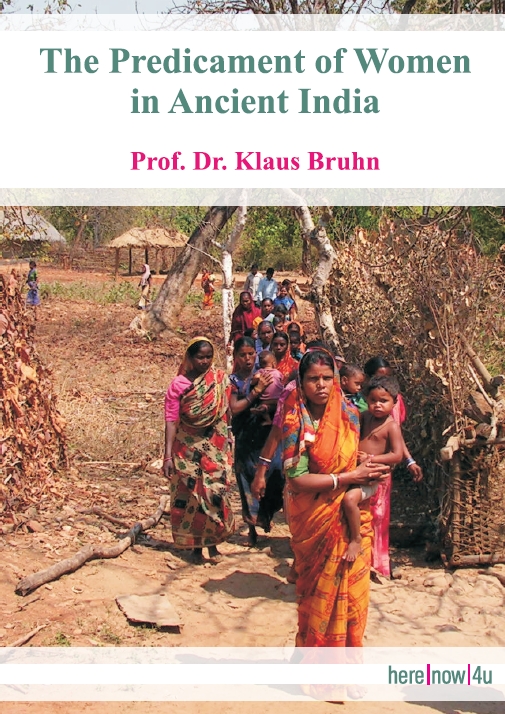S.STEVENSON has started her book on the “Twice-born” with a chapter on “Birth and Babyhood." We read inter alia (p.6): "... immediately after the umbilical cord is cut, the child is bathed in warm water. If a girl, it is bathed in an earthen or brass vessel, if a boy, in a bell-metal vessel; but in either case the vessel has to be given to the midwife as one of her perquisites."
Following an old saying in Sanskrit (infra), R.SYED has isolated the subject of the unwelcome daughter, using the saying for the title of her book ("Ein Unglück ist die Tochter", "A daughter is ill-luck"). SYED To 159-173:
An early text (early Vedic literature) describes the daughter as a kripana, and kripana means according to MAYRHOFER I 'Jammern, Elend', corresponding to the adjective: 'pitiable, wretched, deplorable'). See SYED To 27 (kripana = 'ein Unglück, ein Jammer oder ein Elend') and 161 (early elaborations and variations of the kripana topic: Manu etc.). Differently: SYED To: 170, footnote 9: "the daughter is an object of compassion and tenderness" (MANJUSHREE).
The word for daughter (duhita = English daughter) has been etymologized so as to have a negative meaning: The daughter (duhita) is welcome (hita) if she is far away (du < dure = far away). Or: the daughter is mis-laid (read: dur-hita). 161-162. Compare for grotesque etymologies of this type an old explanation of putra/son (§ 4).
The daughter is unwelcome in the sense that she is unwelcome when a son is expected. The marriage of a daughter is a critical, not a happy event. The daughter must be married sooner or later. Marriage is emotionally loss of the daughter and financially loss of wealth by way of dowry. But marriage is also a success and imparts prestige.
The family of a bridegroom need not accept a particular girl -- they can agree or disagree; they are not in a hurry. The family of the bridegroom may be interested in the marriage: birth of a son (continuation of the line), financial and tactical advantages; but nobody jumps at the girl. It is not easy for the natal family to marry a girl off.
The old wooer who marries a young girl is often mentioned. Extreme cases of aged bridegrooms were (and are) a well-known social evil.
The negative image of the daughter is at any rate a fact, and it originated at an early date. Many examples are given by R. SYED. One of the earliest Vedic texts has the following phrase:
Let God [the creator] grant the daughter to be born somewhere else, let him grant the son to be born here. (SYED To 162).
Follows the epic:
The Mahabharata: People of the same status and of a lower status despise the father of a daughter in this world, even if he is God Indra on earth. (SYED To 162-163)
The Ramayana: To be father of a daughter is ill-luck for men who long for honour. (SYED 163)
R.SYED has noticed that the daughter is apparently always missing in the old enumerations of family members e.g. "father, mother, wife, son, sister, brother". (SYED To 166)
The poet Bana (§ 5) complains that the rules of society bring sorrow to the father of a daughter. "This is the all-powerful strength of the heat of the fire called grief that honest people are distressed (burned) when a daughter is born [daughter will be claimed by the bridegroom], although offspring (procreation) is alike (sons and daughters)." (SYED To 164)
R.SYED mentions two passages in ancient texts which praise the daughter against the current preference for the son (SYED To 164). We finish our section with a benevolent quotation from the Mahabharata according to SYED (To 171, footnote 27):
There are men that hold that a father loves his son more than his daughter -- I do not. I love them both as much, though on the son rest the worlds and continuity and bliss eternal.
 Prof. Dr. Klaus Bruhn
Prof. Dr. Klaus Bruhn
 Title Photo Background:
Title Photo Background: